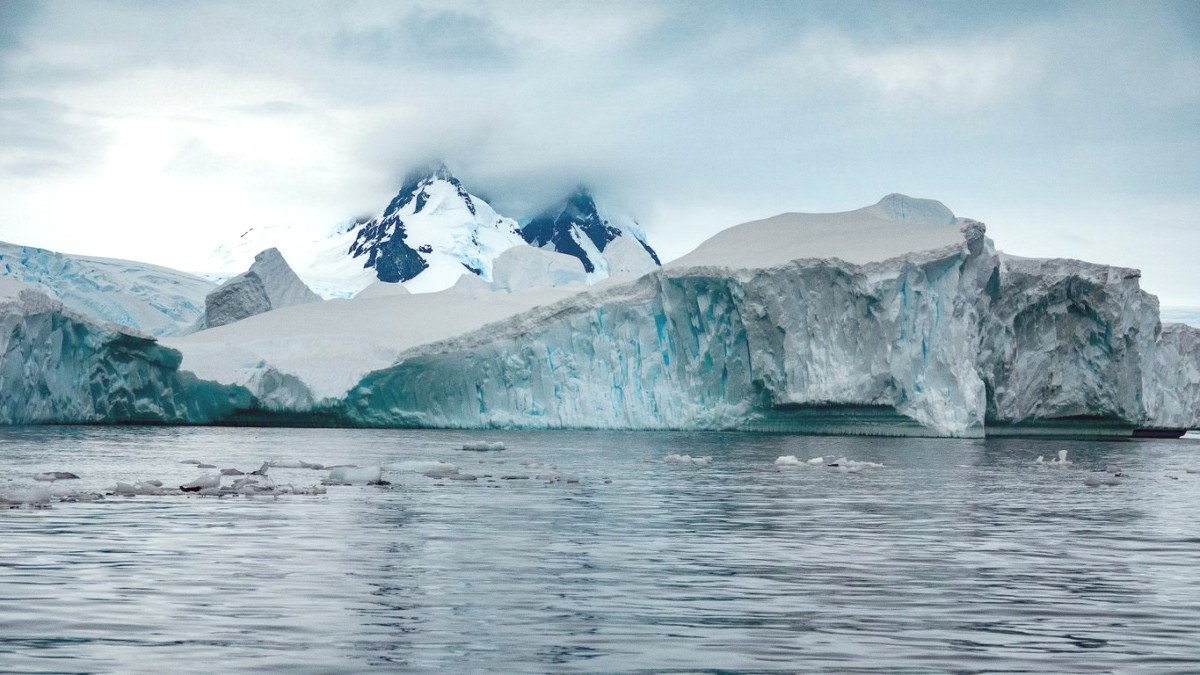
Several locations along the Antarctic Peninsula are must-visit sites. They offer a blend of natural splendor and historical context. The itinerary remains flexible due to weather and ice conditions, but these sites rank among common highlights.
All visits to Antarctic sites are regulated by the Antarctic Treaty System and IAATO guidelines. These strict rules support minimal environmental impact and protect wildlife.
Navigation through channels depends on ice conditions. When open, they provide dramatic passages.
Remains of historical whaling operations are visible on some islands, like Whalers Bay on Deception Island.
Various huts from early expeditions are preserved under the Antarctic Treaty as historical monuments.
Monuments and plaques at various sites commemorate explorers or events, like a cross on Deception Island.
The remnants of whaling stations represent the industrial heritage. Military activity is prohibited.
No historical districts or specific architecture exist, only utilitarian structures of bases and abandoned stations.
The entire Antarctic Peninsula forms a natural attraction, offering unparalleled beauty. Every turn in the ship's navigation presents a scenic viewpoint.
Ubiquitous and breathtaking, glaciers constantly calve, creating icebergs of every imaginable shape and size. Zodiac cruises navigate among these icy sculptures.
Adélie, Chinstrap, Gentoo, and sometimes Macaroni penguins are easily observed in their large, noisy colonies during shore landings.
Weddell, Crabeater, Leopard, Elephant, and Fur seals are frequently seen resting on ice floes or beaches.
Humpback, Minke, and Orca whales are common in the waters around the peninsula, especially later in the season. Their behaviors present spectacles.
Various seabirds, including petrels, skuas, and several species of albatross, soar above the ship and landing sites.
Volcanic landscapes on islands like Deception Island, dramatic cliff faces, and unique rock formations are visible.
No formal parks or gardens exist in Antarctica. The entire continent is a natural reserve and protected area.
No religious or spiritual sites exist in Antarctica. The continent mainly serves scientific research and conservation.
Not applicable in Antarctica. The cultural experience comes from the unique environment and shared journey with staff and passengers.
In Antarctica, "hidden gems" often emerge as spontaneous sightings or less-visited areas. Daily ice and weather conditions dictate these unique opportunities. Expedition leaders try to find distinctive experiences each day.
While Antarctica is not known for its museums in the traditional sense, a few unique cultural institutions exist.
The continent's scientific and historical heritage is mainly experienced through the sites themselves and the knowledge shared by expedition staff.
Port Lockroy (Base A) serves as the most accessible "museum" on the peninsula. It operates as a living museum, post office, and gift shop. It showcases early British Antarctic exploration, daily life at a research station, and the history of the region. Its collection includes artifacts from the original base.
Beyond Port Lockroy, no specialized or niche museums exist for tourists on the Antarctic Peninsula. The continent's scientific and historical heritage is mainly experienced through the sites themselves and the knowledge shared by expedition staff.
Any "special exhibits" occur through the onboard lectures and presentations given by the expedition team. These cover diverse topics from glaciology to marine biology.
The Antarctic Peninsula holds numerous historical sites. These are mainly related to exploration, whaling, and early scientific endeavors.
These moments are not listed on a fixed itinerary but often form the cherished memories of an Antarctic expedition. They emphasize the wild and unpredictable nature of the continent.
Witnessing massive chunks of ice breaking off a glacier is a powerful, unpredictable experience. It creates a thunderous roar and dramatic waves.
Spotting rare bird species, like Snow Petrels, in specific, remote areas. These sightings bring unique photographic opportunities.
Navigating through intricate ice floes or visiting less-frequented coves where the ice appears notably stunning, with brilliant blues and sculptural shapes.
While wildlife is abundant, an unexpected close encounter with a Leopard seal offers a truly "hidden gem" experience.
Book ExperiencesSpotting a pod of Orcas, especially if they approach the zodiac, presents another spontaneous and unforgettable encounter.
Find ToursEncounters with rare bird species in specific, remote areas add to the unique experience of each voyage.
Explore WildlifeThese unexpected moments unfold spontaneously, making each expedition distinctive and personal.
Discover JourneysThe continent's wild nature offers truly unique and unscripted observations beyond fixed itineraries.
Plan AdventureThe Antarctic Peninsula holds numerous historical sites, mainly related to exploration, whaling, and early scientific endeavors.
These sites serve as powerful reminders of environmental impact and human history in Antarctica.
Take advantage of the ship's observation decks and the bridge for panoramic views.
During zodiac cruises, stay alert; wildlife may appear anywhere. "Less crowded times" do not apply. Visits are managed for optimal enjoyment and environmental protection.
Antarctica offers an unparalleled journey into a pristine wilderness.
Your expedition ship navigates to a variety of significant locations, each with its own natural or historical allure. These sites are carefully chosen for their wildlife, scenery, and accessibility.
Beyond the landings, the ship itself provides a rich learning environment. Expert staff share their knowledge through daily lectures and informal interactions, deepening your understanding.
Antarctica's history centers on exploration and scientific endeavors. Visits to old whaling stations and explorer huts offer a glimpse into the past.
These sites are protected and carefully managed for visitor access.
The continent hosts abundant wildlife. Opportunities for close-up viewing of penguins, seals, whales, and seabirds are common, often in their natural habitats.
All wildlife viewing follows strict guidelines for animal welfare and human safety.
Every vista brings a new natural wonder. Towering icebergs, active glaciers, and dramatic landscapes characterize the Antarctic scenery.
These landscapes offer endless photographic opportunities and profound quiet.
Intimate exploration of coastlines and ice formations, getting close to wildlife.
Walk among penguin colonies, visit historical sites, and experience the continent's vastness.
Abundant opportunities for landscape and wildlife photography, with rapidly changing light.